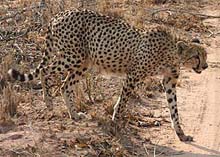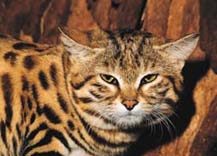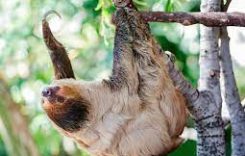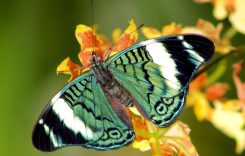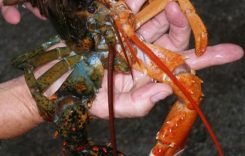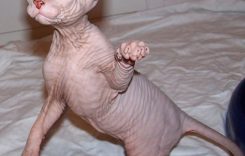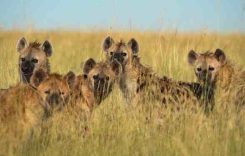The aim of this article is to increase awareness and understanding about these tremendously interesting wild animals named boar. The article acts as a focal point for news, views and opinions on all issues concerning wild boars. This is non-judgemental, non-moralistic and simply reports factually on all the issues surrounding these wild animals’ population. Our Primary Objective is to raise public awareness, and stimulate interest and understanding about free-living wild boar populations. We do not want encourage the reintroduction of wild boar, nor do we discourage it.
The term boar
The term boar is used to denote an adult male of certain species – including, domestic pigs. However, for wild boar, it applies to the whole species, including, for example, “wild boar sow” or “wild boar piglet.
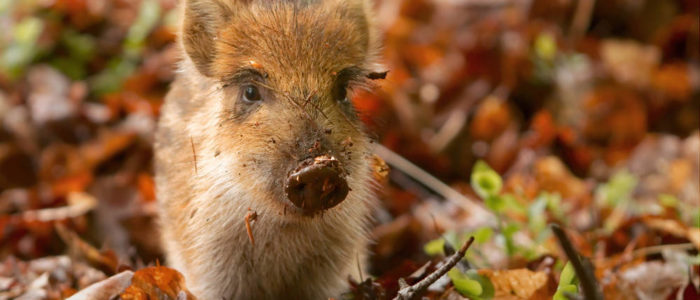
Wild boars are also known by various names, including wild hogs or simply boars. In North America they are more commonly referred to as razorbacks or European boars.
Dowload interesting animal sound for your ringtone: ringtonesonic.com
Body of wild Boar
The body of these wild animals is compact. Their head is large and the legs are relatively short. The fur consists of stiff bristles and usually finer fur. The color usually varies from dark grey to black or brown. Although there are great regional differences in color, even whitish animals are known from central Asia.During winter the fur is much denser.
Adult males are usually solitary outside of the breeding season. But females and their offspring live in groups called sounders. Sounders typically number around 20 wild animals, although groups of over 50 animals have been seen as well. Sounders will consist of 2 to 3 sows; one of which will be the dominant female.
Distribution
The Wild Boar is the most widely distributed land mammal on Earth. The native range of these wild animals extends from Western Europe, right across to Japan to the east, and down to the rainforests of Indonesia in the south. The four separate subspecies are determined by their location with one inhabiting Europe, north-western Africa and western Asia. Another is found across northern Asia and in Japan. The third inhabits the tropical jungles of India, South East Asia and the Far East, with the last being found only in Indonesia.
Wild Boars are found in a variety of different habitats including tropical jungles and grasslands. But they tend to favor deciduous broad-leafed forests where the vegetation is incredibly dense.
Behavior
Wild Boars are nocturnal wild animals that only come out at night to forage for food. They spend around 12 hours sleeping in a dense nest of leaves during the day, before waking up to find a meal under the cover of night.
Female Wild Boars are relatively sociable wild animals, inhabiting loose territories in groups known as sounders. Each sounder can contain between 6 and 30 individuals. Sounders consist of breeding females and their young and can often be found in the same area as other groups, although the two tend not to mix. Males however, are solitary for the majority of the year, with the exception of during the breeding season when they can be found in close proximity of both the sounders, and indeed other males. Male Wild Boars compete with one another by fighting for the chance to mate with a female.
Predators
Due to their incredibly large distribution, these wild animals are prey to numerous predators of all shapes and sizes, throughout their natural habitats. Large felines such as Leopards, Lynx’s and Tigers are amongst the most common predators of the Wild Boars, along with other large carnivores like Wolves and Bears, and also Humans.
Although the numbers of these wild animals have dropped rapidly in the wild of their natural range, in other areas including mainland Europe, Poland and Pakistan, there have actually been significant population rises and the exact reasons are not really known. It is thought to be due to a variety of things including the decline of their main predators, their increased protection, and the more regulated hunting of them in their native regions.
The snout of the Wild Boar
The snout of the Wild Boars is probably one of these wild animals’ most characteristic features. Like other Wild Pigs, it sets these wild animals apart from the others. The snout of the Wild Boar has a cartilaginous disk at the end, which is supported by a small bone called the prenasal. It allows the Wild Boar’s snout to be used as a bulldozer when it is foraging for food.
All Wild Boars have tusks on their bottom lips, although the male’s tusks are larger than those of the female. Actually they curve upwards out of their mouths. More interestingly, males also have a hollow tusk on their top lip too, which actually acts life a knife-sharpener, constantly sharpening the male’s bottom tusks, both of which can grow up to 6cm long.

